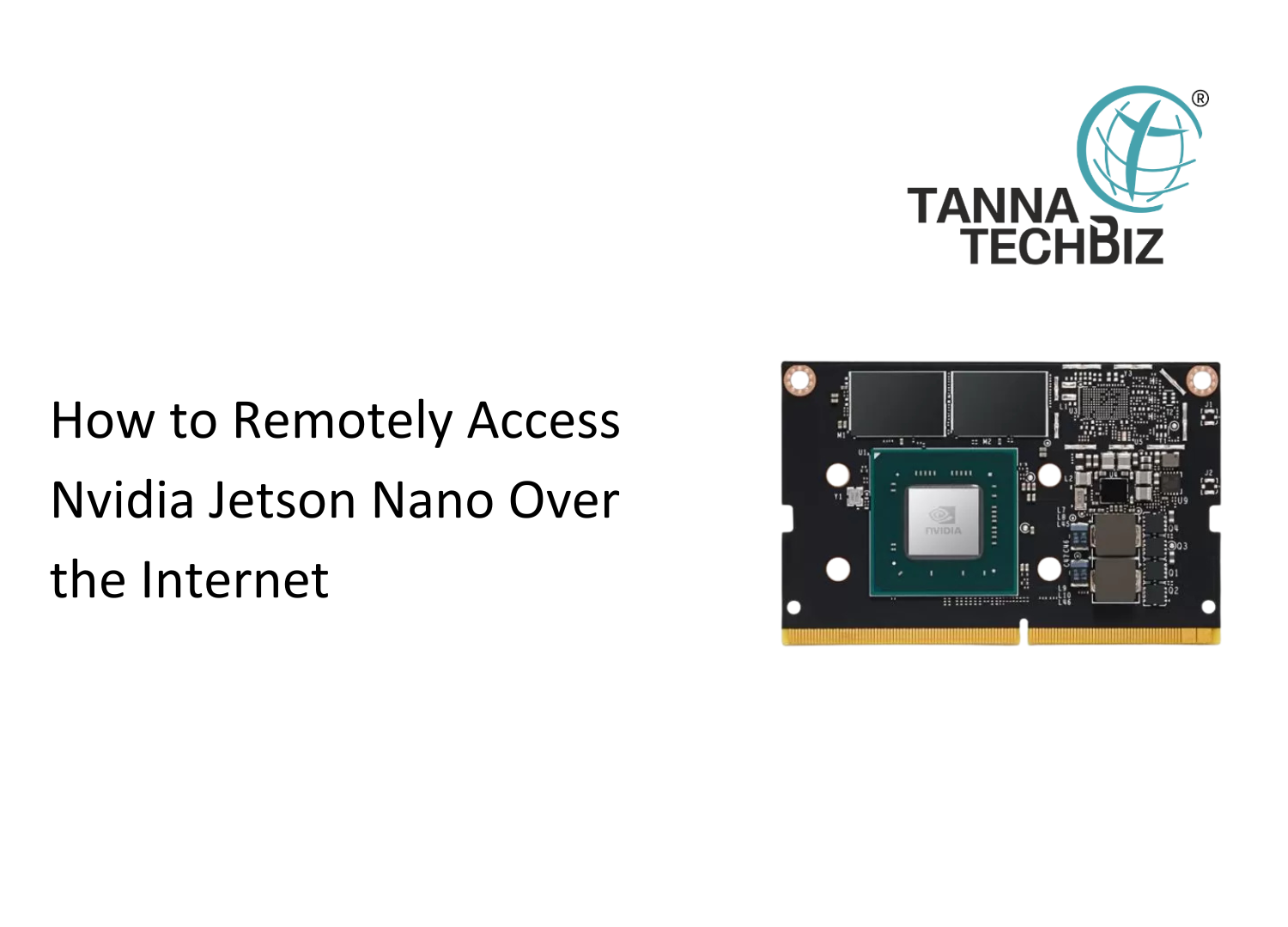7 Hidden Raspberry Pi Features You Should Be Using
November 19, 2025 15

Raspberry Pi has evolved from being a tiny hobby computer to something far more powerful, whether for training, home automation, or general project development. Some users have barely explored what their Raspberry Pis can do in simpler applications, while there are several professional features in these computers that enable us to work smarter, not harder, to achieve faster, nimbler and more flexible results.
As we explore each feature, we make a clear case for how these options boost productivity and help us get the most value from every Raspberry Pi model.
7 Raspberry Pi Features
Headless Setup for Easy Starts
A monitor is not needed to interface with the Pi. By means of altering one file on the SD card, we are able to enable SSH, thereby carrying out the entire setup process from a remote location. It proves to be immensely helpful for us in optimising space, minimising clutter and successfully installing our Pi in compact or far-off areas.
Remote Desktop Using VNC
Access to VNC enables us to see and manage our Pi from any other computer or tablet. Additionally, with this functionality, we are able to oversee several devices at once rather than having to switch between devices, which would have involved cables and monitor changes. It also facilitates collaborative work, allowing groups to oversee their projects from a single shared platform.
Use the Hardware Camera Port
The dedicated camera port is one of the Pi’s most overlooked features. With the use of either an official or applicable cam, we have the capability to create intelligent security cameras, homemade door cameras, nature cameras, or time-lapse cameras. It’s hassle-free, too, unlike any other cam we could have used via USB.
Overclocking for Faster Processing
We could increase the processing speed of Pi by managing its configuration. Overclocking, with appropriate cooling, assists us in executing emulators, image applications, or other intensive applications faster on the Pi. Overclocking also improves our performance instead of purchasing new hardware.
GPIO Pins for Real Automation
GPIO Pins have many more functions than simply powering LEDs. These functions include sensor input, relay control, motion detection and home automation. These GPIO Pins make the Pi an ideal hub for robotics, artificial intelligence applications and home surveillance applications. These GPIO Pins enable a tremendous amount of functionality with just a few hardware components.
Dual 4K Display Support
More modern versions of the Raspberry Pi support dual displays with a resolution of 4K each. These features enable us to code on one computer screen while other dashboards, logs, or tutorials are running on the other. It establishes a multi-display environment, which comes at an extremely low cost.
Integrated Power Button and RTC
It’s now called the Raspberry Pi 5, with features such as an in-built power switch and Real-Time Clock (RTC). Now, we enjoy secure shutdown, faster start-ups and scheduling functionality even while powered off. It’s now safer for our data while improving our schedule functionality to perform tasks.
Upgrade Your Raspberry Pi Experience
These are some hidden features that reveal just how powerful the Raspberry Pi is. By taking advantage of these features, we create smarter projects with better performance.
For information on sensors, accessories, or kits on which these features are enabled, visit Tanna TechBiz to increase your skill levels in Raspberry Pi.


